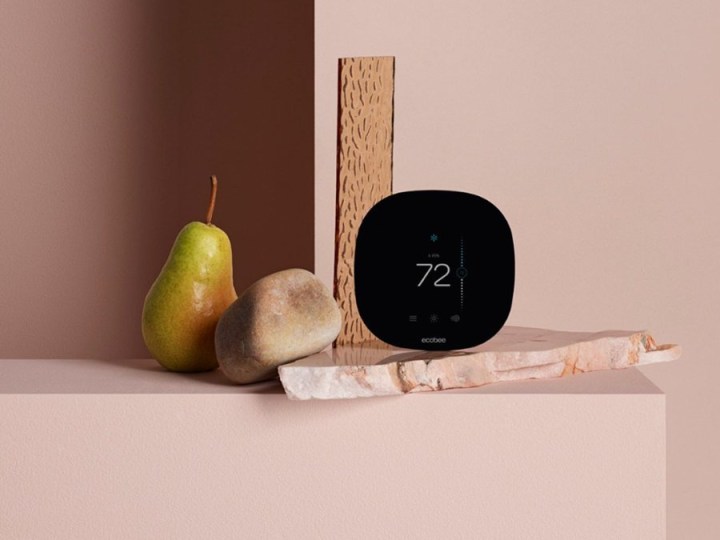Upgrading the home with the latest tech feels great, but it’s even more rewarding when you know you’re doing your little part to help the planet. Smart home tech has a role to play in minimizing our energy consumption and generally leading more eco-friendly lives. We look at the biggest players in the smart home space every day, and these are some that are making the biggest impact on fighting climate change and minimizing plastic waste.
Ecobee

Ecobee was the first company to ever make an internet-connected smart thermostat. By being able to factor in local weather forecasts, leverage presence detection, and monitor humidity, Ecobee claims the increased efficiency of its thermostats has kept the equivalent of 17.7 million tons of CO2 out of the atmosphere. This energy efficiency has not only earned them Energy Star certification but also won them Partner of the Year status for 2021 and 2022. Ecobee is conscientious of e-waste, too. It maintains a robust repair and reselling business, and it provides software updates going back several generations. Recycled plastic is used in Ecobee thermostats, plus its packaging is fully recyclable. If you tack on its partnerships with community housing associations and researchers, you have a company that seems truly dedicated to the cause of building a better future.
Rachio

Rachio is among one of the biggest leaders in smart lawn irrigation. We’ve checked out Rachio’s stuff in the past and come away impressed, but it brings more to the table than just convenience, even lawn watering. As a certified B Corporation, it meets a wealth of sustainability criteria and has won awards placing them among the top B Corps out there. Rachio claims to have saved 45 billion gallons of water through increased efficiency, which is a big deal when many ecosystems are facing damage from thirsty cities. If we want to make sure we keep having enough water for everybody, we’ll need solutions like Rachio’s to help minimize our usage.
Aquanta

About 15% of a home’s emissions come from water heating. There are a handful of companies trying to optimize that usage with Wi-Fi-enabled controllers. Aquanta is among the more successful players in this field. The device can be retrofit onto existing heaters, and once set up, users can use their phones to keep tabs on everything. The mobile app can track how much hot water is being stored and how much has been used, deliver maintenance alerts, and let Aquanta learn usage habits over time to optimize heating schedules. The only real catch is that it doesn’t work with heat pumps or tankless heaters, which are both highly efficient water heaters. Combatting climate change is central to Aquanta’s mission. Much of the controller’s technology was developed while working on its first product, a solar water heater. It is also an active member in a range of renewable energy associations.
Span

While many of these products zero in on energy savings within individual categories, a relatively new manufacturer is trying to do the reporting at the source. Span is offering a smart electrical panel that ties in seamlessly with solar panel and storage setups. Owners get full remote control of their entire breaker system. The Span solution is also designed with EVs in mind, so it can deliver level 2 charging speeds to the car in your garage. Their mobile app is smoothly laid out so you can set priorities for which devices in the house get juice during an outage.
SolarEdge

The biggest smart upgrade a home can get at this point is a batch of solar panels on the roof. Manufacturers have built out robust mobile apps for monitoring status on a module-by-module basis, and have even tied into the usual smart home tropes like voice assistant support. SolarEdge is a big solar inverter manufacturer that has put the work into a reliable app. It tracks energy usage in real-time, energy production status, current battery capacity, and how much power you’re selling back to the grid. Making this kind of management user-friendly is a key part of getting people to make the leap. The inverters are reliable enough that Tesla partnered with SolarEdge on integrating them with Powerwall batteries. In addition to putting energy management into the hands of individual homeowners, SolarEdge has a whole arm dedicated to grid solutions, helping to ensure the power that gets to your home is decarbonized.
Editors' Recommendations
- Daisy is an installation and repair company designed for your smart home
- Enhancing a vacation home with smart tech
- Why Matter is the most important smart home trend from CES 2022
- The best smart thermostat deals for Cyber Monday
- New leaks suggest Ecobee is working on a smart home security system and more



